The Struggle of People with Disabilities in Gaza, Palestine
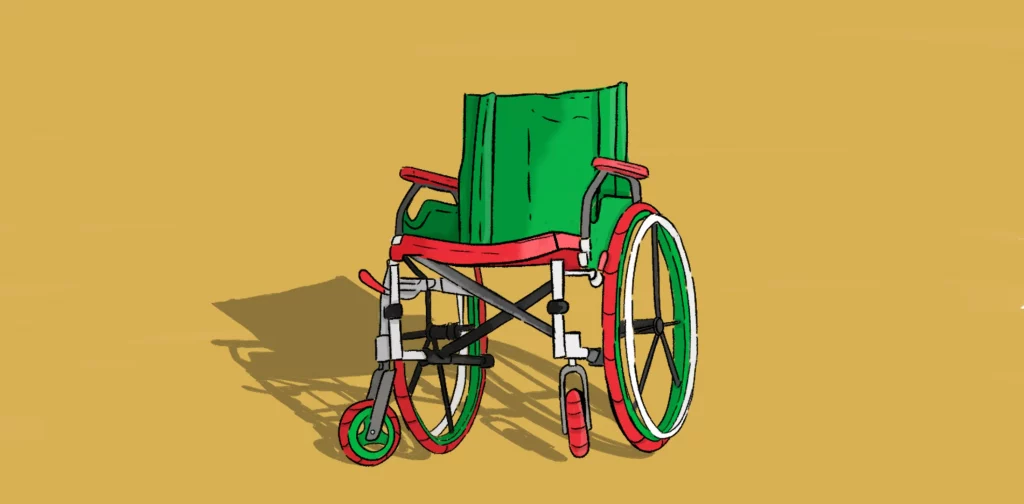
Illustration: Irhan Prabasukma.
People with disabilities are among the most vulnerable in armed conflicts. In the ongoing occupation of Palestine, people with disabilities in Gaza are not only struggling to survive but also rapidly increasing in number.
Stories from the Ground
Ousama Abu Safar fled from the central to the south of Gaza in his wheelchair. He brought along his two sons on this harrowing journey. The south is relatively safer, yet the UN school he is sheltered in has no ramps to help him get around. It also only has squat toilets, which he cannot use.
Meanwhile, there is Basma. Basma and her family stayed in their house and could not flee due to mobility issues. Due to the crossing closures, they are struggling to find adult nappies and other necessities.
There are also Iman and her sister, who cannot hear when the bombs are coming because they do not have hearing aids. Iman shared, “I feel the ground shaking, and I see the people running without knowing what is happening. I feel alone, isolated from everyone.”
They are only four among the nearly 50,000 people with disabilities in Gaza.
People with Disabilities in Gaza
“This region has increasing disability rates among the population because of exposure to repeated armed conflicts in addition to the current bombardment of the Gaza strip, and all relief teams and international bodies must take this into account,” said Heba Hagrass, the UN Special Rapporteur on the rights of persons with disabilities.
After the displacement of many Palestinian civilians to the south of Gaza, an estimated half a million people remain in the north. Many of those who could not leave are among the most vulnerable, including people with disabilities and their families.
Meanwhile, the south is only slightly better. The Shelter Cluster Palestine and the Protection Cluster oPt reported “heightened concern for vulnerable groups who are struggling with the impossible shelter options.”
The shelters are inadequate for long-term use, especially for people with disabilities. According to the UNRWA (The UN Relief and Works Agency for Palestine Refugees in the Near East), existing disability and inclusion initiatives are primarily psychosocial support (PSS) recreational activities. The UNRWA has distributed 108 assistive devices, with more expected to come.
Going Way Back
The ‘makings’ of Palestinians with disabilities did not start after October 7. For instance, in 2018, tens of thousands of Palestinians were wounded during the March of Great Return mass protests. Medics on the ground reported that Israeli forces shot the demonstrators with “butterfly bullets”, which “exploded” upon impact. This led to dozens of Palestinians being amputated, increasing the number of people with disabilities in Gaza.
Marie-Elisabeth Ingres, head of Doctors Without Borders (MSF) in Palestine, said in a report, “Half of the more than 500 patients we have admitted in our clinics have injuries where the bullet has literally destroyed tissue after having pulverized the bone.”
At the time, Israel denied this claim and said, “The IDF only employs means that are lawful under international law.”
Violations of International Laws
However, Israel has since been proven to violate several international laws. UN experts called the grave violations committed by Israel against Palestinians in the aftermath of October 7, particularly in Gaza, “a genocide in the making”.
Among Israel’s many violations are regarding people with disabilities. Israel signed the UN Convention on the Rights of Persons with Disabilities. Article 11 of the Convention obliges all state parties “to ensure the protection and safety of persons with disabilities in situations of risk, including situations of armed conflict, humanitarian emergencies, and the occurrence of natural disasters.”
Heba Hagrass also notes that Israel’s military operations violate Security Council Resolution No. 2475 (2019). In Resolution 2475 (2019), the Security Council unanimously agrees for “Member States and parties to armed conflict to protect persons with disabilities in conflict situations and to ensure they have access to justice, basic services, and unimpeded humanitarian assistance.”
Despite existing laws, the protection, safety, and rights of people with disabilities in armed conflicts are still largely “left behind”, like in Gaza. Therefore, improving inclusive global humanitarian support is urgent and vital to building peace for all.
Note: Information is accurate as of November 27, 2023.

Join Green Network Asia Membership
If you find this content useful, support Green Network Asia’s movement to create positive impact for people and the planet through public education and multi-stakeholder advocacy on sustainability-related issues and sustainable development. Get exclusive benefits for personal and professional development as well as for organizational capacity development.
Become a Member Now

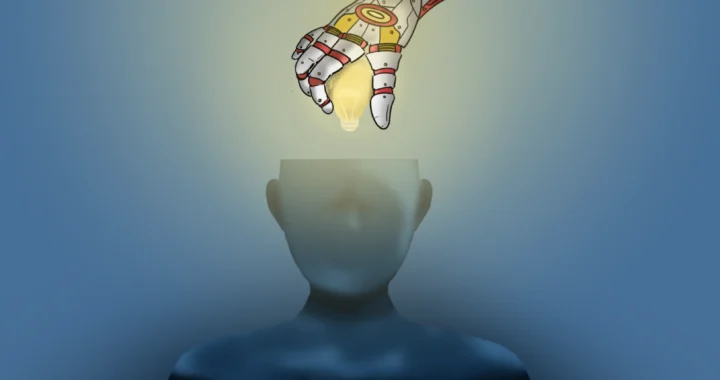 Understanding the Dark Side of Artificial Intelligence
Understanding the Dark Side of Artificial Intelligence 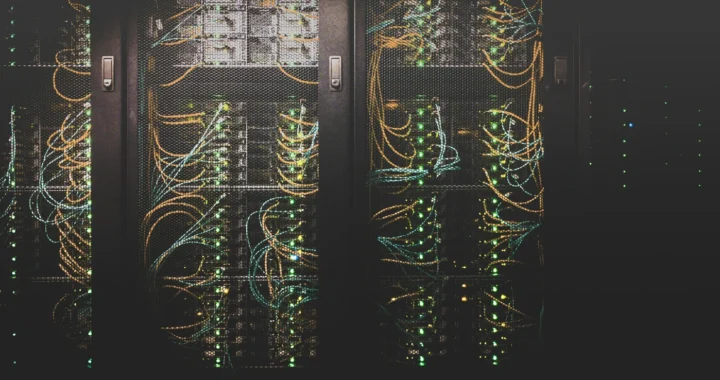 Attempting Data Center Circularity Through Waste Heat Recovery
Attempting Data Center Circularity Through Waste Heat Recovery 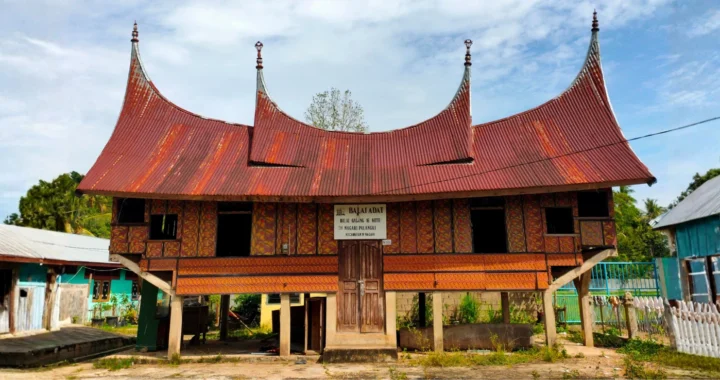 Indigenous Knowledge and Art as Integral Instruments for Disaster Risk Reduction
Indigenous Knowledge and Art as Integral Instruments for Disaster Risk Reduction 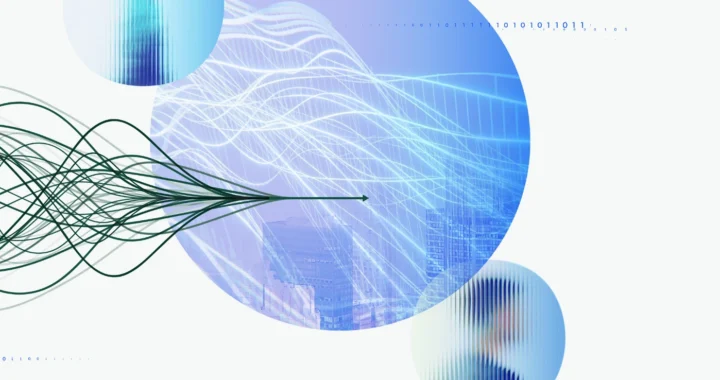 Strengthening Societal Resilience in the Age of Disruptions
Strengthening Societal Resilience in the Age of Disruptions 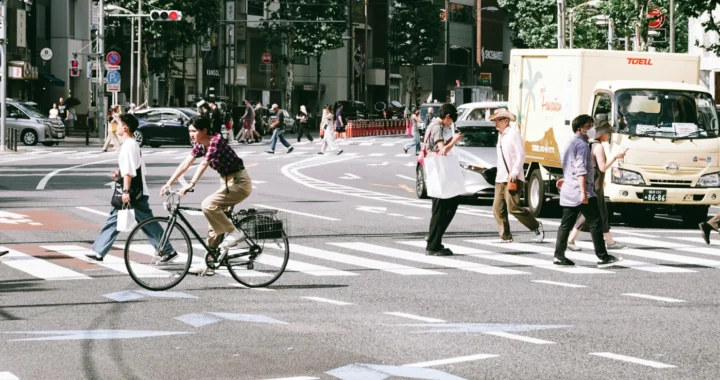 Building Strategic Approach to Support Urban Health for All
Building Strategic Approach to Support Urban Health for All 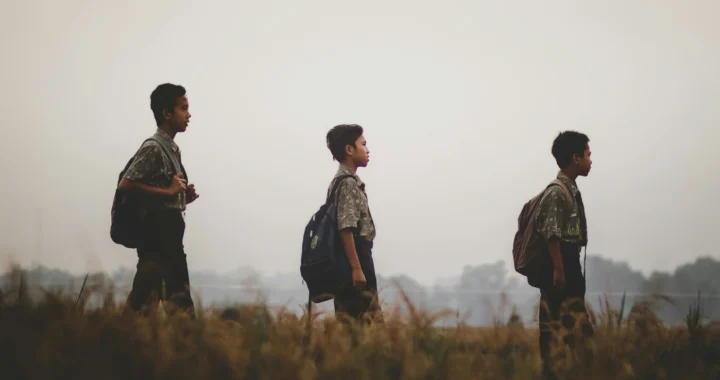 Understanding and Addressing Multiple Dimensions of Child Deprivation
Understanding and Addressing Multiple Dimensions of Child Deprivation